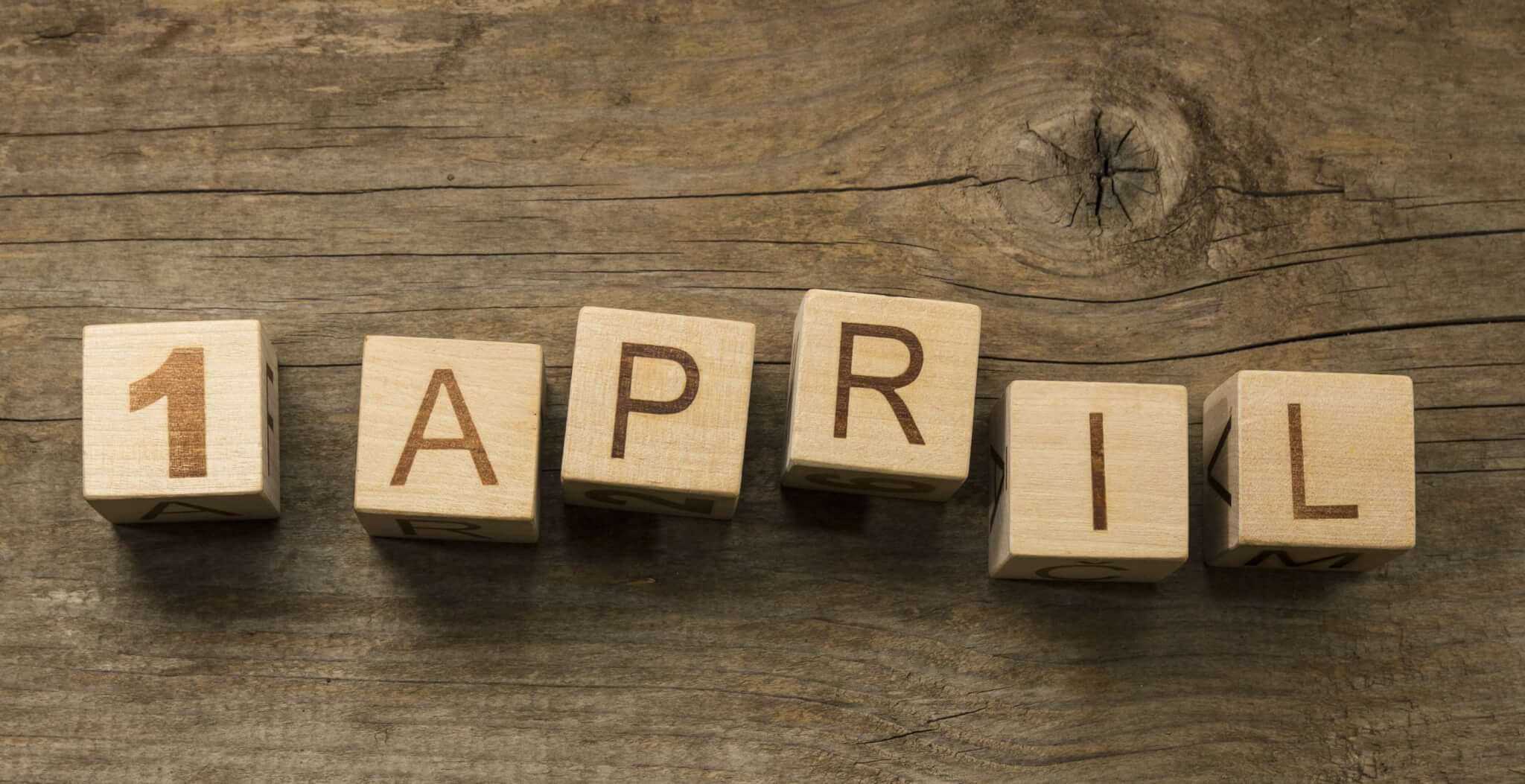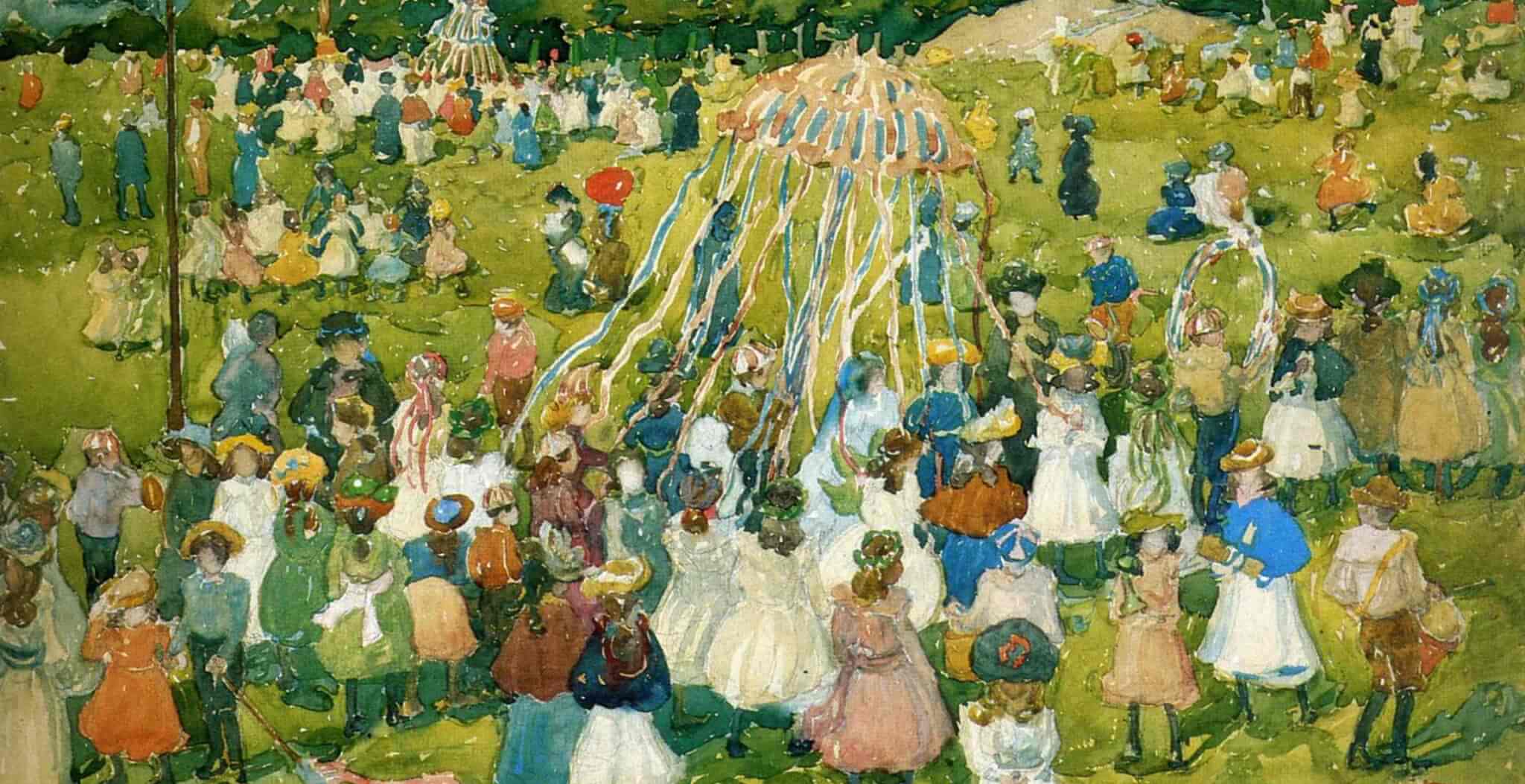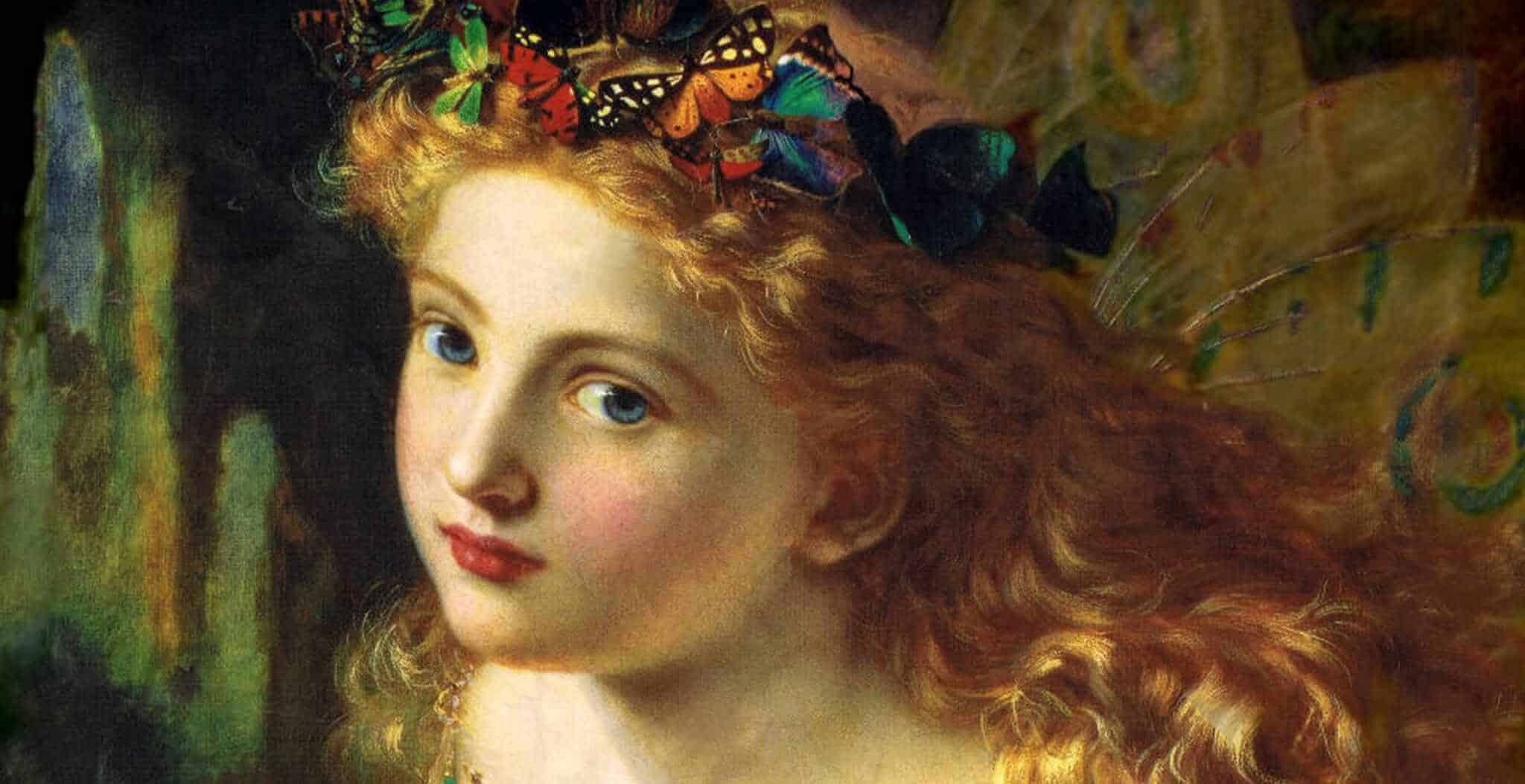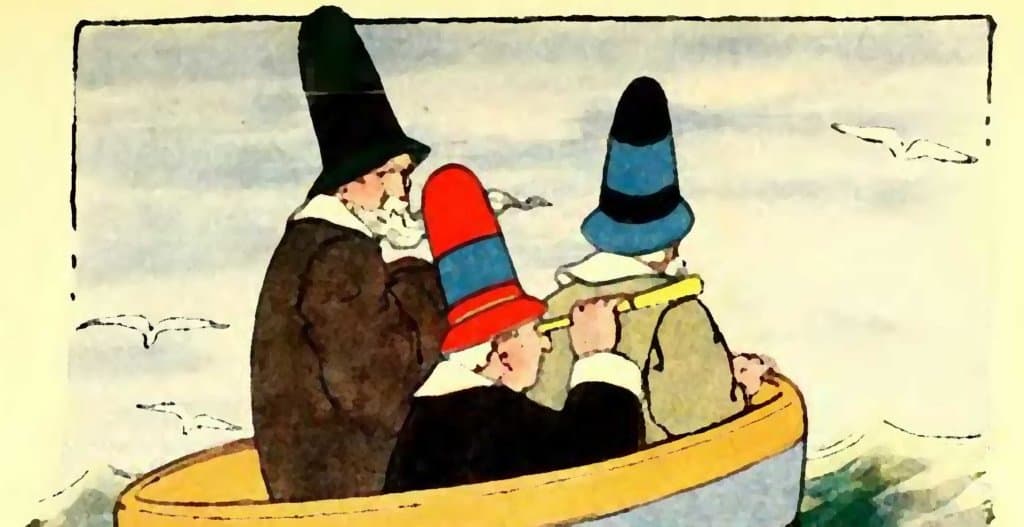This was the question asked of the wonderfully-entitled publication ‘British Apollo or Curious Amusements for the Ingenious’ in 1708.
Unfortunately the origin of the ‘custom of making April Fools’ is uncertain. One theory is that April Fools’ Day was purely the result of its timing at the end of winter and the coming of spring. This time of renewal and rebirth was marked with fun and jollity, not dissimilar to the Roman festival of Hilaria in late March which was celebrated with the wearing of disguises, rejoicing and merrymaking.
Certainly April Fool’s Day has all the characteristics of such a renewal festival, pushing the boundaries of everyday behaviour yet with the resultant disorder set within a strict time frame. For example, traditionally on April Fool’s Day all pranks are supposed to stop at 12 noon sharp, with anyone playing a joke after midday then considered the ‘April Fool’.
Another theory has April Fool’s Day originating in 16th century France, where the beginning of the New Year was originally observed on April 1st. After the introduction of the Gregorian calendar, New Year was moved to January 1st, a change that was not universally popular. Those who adopted the new calendar played tricks on those who had not and referred to their victims as ‘April Fools’.
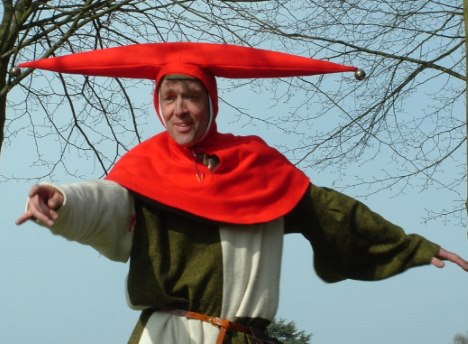
In British folklore, April Fool’s Day is associated with Gotham in Nottinghamshire and an event from the 13th century. According to legend, King John decided to ‘acquire’ some of the land of Gotham for a hunting lodge. Naturally this was not popular with the townsfolk and so they decided on a cunning plan to dissuade the king. They decided to ‘play the fool’ so when the king’s men arrived in the town, they found the townspeople doing all sorts of crazy things such as trying to drown fish. This was enough for the king’s men to counsel the king to choose somewhere else for his lodge, as Gotham was obviously full of madmen. Ever since then, according to legend, April Fool’s Day has commemorated their trickery.
If so, you would expect to find references to April Fool’s Day from then onwards, whereas the first reference wasn’t until 1686 when the writer John Aubrey referred to “Fooles holy day”. It would appear however that by this time April Fool traditions were well established in Britain. The edition of ‘Dawks’s News-Letter’ on 2nd April 1698 reported that “Yesterday being the first of April, several persons were sent to the Tower Ditch to see the lions washed”.
This unlikely event was a popular prank in London during the 18th and 19th centuries. Unsuspecting gullible folk were invited to view the annual ceremony of the washing of the lions at the Tower of London. They would make the trip to the Tower only find that, of course, there was no such ceremony and they had been sent on a fool’s errand.
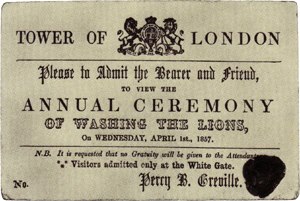
The idea of April Fools’ Day spread rapidly throughout Britain during the 18th century. It was particularly popular in Scotland where it became a two-day event, starting with ‘hunting the gowk’, gowk meaning ‘cuckoo’ or ‘fool’. It entailed sending folk on phony errands, often carrying messages reading, “Dinna laugh, dinna smile. Hunt the gowk another mile.” The recipient would send the messenger on to another person with the same message, and so on. This was followed by Tailie Day, which rather bizarrely involved playing pranks on people’s bottoms, such as attaching pretend tails or ‘kick me’ notes to them.
Nowadays when someone has an April Fool trick played on them, the prankster will generally shout “April Fool!”. Pranks can be quite simple, such as sending people on wild goose chases or quite complicated, as some of the following examples illustrate.
Some people may remember a famous April Fool prank from 1957, when the BBC program ‘Panorama’ apparently showed Swiss farmers picking spaghetti from spaghetti trees. The BBC received so many enquiries from viewers asking where they could buy a spaghetti plant that they had to own up to the hoax the following day!
The BBC do enjoy a good prank and in 1965 they were at it again, with another famous hoax: smell-o-vision. A trial was announced whereby smells were to be broadcast along with the regular TV shows. Apparently many viewers declared the trial a great success!
Then in 2008 the pranksters at the BBC reported that during filming for their natural history series ‘Miracles of Evolution’ they had captured footage of flying penguins. Presenter Terry Jones of Monty Python fame was shown walking with the penguins in Antarctica, and then following their flight to the Amazon rainforest where the penguins would “spend the winter basking in the tropical sun.” The video went viral on the internet.
The Guardian newspaper got in on the act on 1st April 1977 with a seven-page supplement on the entirely fictitious island nation of San Serriffe.
And in this new digital world, let’s not forget the internet giant Google with its annual April Fool’s Day jokes!
